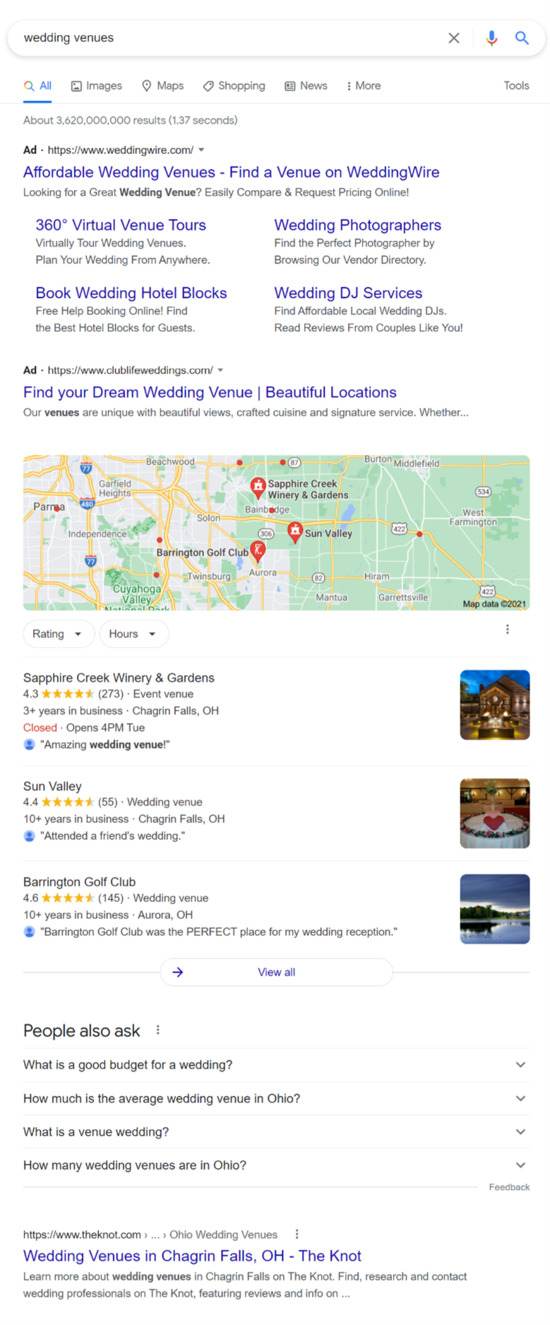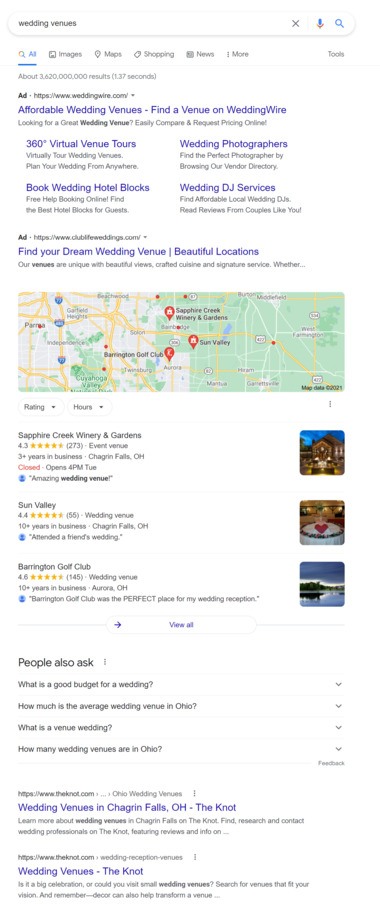Competing for the top positions on search engine results pages (SERPs) requires a deft mixture of targeted, relevant content, carefully constructed pages, fast-loading sites and myriad other touches to win the approval of the search engine gods (i.e. algorithms).
Search Engine Land’s exceptional and easy-to-follow guide to search ranking factors, “The Periodic Table of SEO Factors” is a good starting point for understanding and accounting for search ranking factors. Ultimately, however, accounting for search ranking factors is a sort of minimum bar to cross. It is not a guarantee of ranking success.
So, what exactly is the recipe that leads to search engine success? Google, by far the leading search engine, provides guidance in its detailed “Search Quality Evaluator Guidelines.” The guidelines present a handful of principles that combine to impact every piece of content that gets ranked. The principles include:
- “People search the internet for a variety of purposes, ranging from accomplishing a quick task to researching a topic in-depth.”
- “Search engines must provide a diverse set of helpful, high quality search results, presented in the most helpful order.”
- “Different types of searches need very different types of search results.”
- “People all over the world use search engines; therefore, diversity in search results is essential to satisfy the diversity of people who use search.”
- “Finally, search results should help people. Search results should provide authoritative and trustworthy information, not lead people astray with misleading content.”
With these guiding principles for search quality, Google is effectively saying that a given webpage may be ranked differently for a given search. It will determine how to rank results for keywords differently depending on, among other external variables, the location and intent of the searcher. The net effect for SEOs and content creators is that the ranking factors they are optimizing against are not always applied equally.
The screenshots below reflect the variability of search rankings for the same keywords. In this case, the keyword is “wedding venues.” The searches, however, were made from two different locations. This, of course, affects the Google Maps-supported location results, because lacking any direct input from the user on preferred location, Google infers that the user is looking for venues nearby. In this case, TheKnot.com has done a good enough job of localizing its content to secure the first organic text link in both searches. The results also vary in other ways, primarily the addition of “People Also Ask” results in the second SERP example.


Steps to Optimize Content for Unique Ranking Scenarios
At the heart of it, SEO is about maximizing the biggest opportunities. This starts with understanding what and where the opportunities lie, then evaluating the existing content or creating new content to capitalize on those opportunities. The competition in each case is two-fold: it is the content that is currently occupying your desired position, and it is the search engine ranking factors that award it that position.
First, it’s important to evaluate the content you have for keyword and page opportunities. A handful of questions can help guide that process.
- Does existing content have traction?
- Is existing content competitive?
- Where do competitors rank that you don’t?
- Is current content in the right format?
- Does current content deliver qualified traffic?
- Are new searches emerging that current content can’t support?
Once the opportunities have been identified, it is necessary to determine how known ranking factors are affecting the ranking by evaluating your content and the content that is occupying the top spots.
Determining the impact of known ranking factors:
- Measure attributes known to impact SEO and how content is actually ranking to ascertain what matters
- Monitor existing content ranking fluctuations to understand how your site is being treated by algorithms
- Measure technical aspects of ranking pages (Core Web Vitals, etc.)
In a perfect world, a piece of content would be optimal for all ranking factors for all search intents in all locales, but the world is far from perfect. While the manual nature of these techniques means they reach a point of diminishing returns fairly quickly, a targeted approach like this, especially with insights and time-saving support from the BrightEdge platform enables you to identify and optimize for the most important audiences and search scenarios with the resources you have. Eventually, we anticipate that artificial intelligence and machine learning will enable us to look at the nuances of search at scale to eliminate the manual time and effort required to understand what SEO efforts will be the most impactful.
